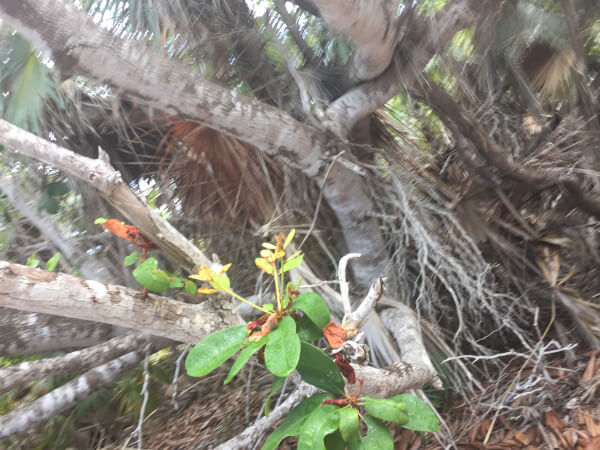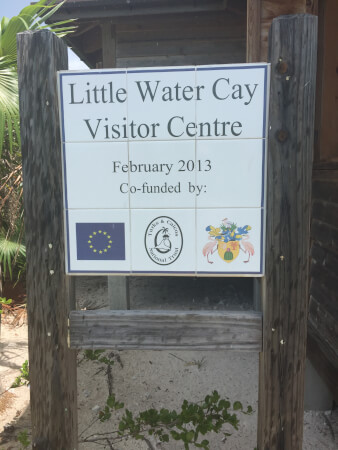Getting to Turks and Caicos and getting around. Our transportation tips will
help make your trip smoother. More good sand advice.
Entry Documents
All visitors must present a passport upon entering Turks & Caicos along with a return or onward ticket, all documents needed for next destination, and sufficient funds for the duration of their stay. The passport must not expire for at least 3 months after departing the country even if you do not intend to stay that long. There should be at least 2 blank pages in the passport for any entry stamp that will be required. A visa is not required for a maximum stay of 3 months.
All Americans traveling outside the US are required to present a passport to re-enter the US. Children’s passports expire every 5 years.
Airlines Flying Here
- Air Canada
- American Airlines
- British Airways
- Caicos Express
- Delta
- jetBlue
- interCaribbean Airways
- Southwest Airlines
- United
- WestJet
Airport
Providenciales International Airport
Departure Tax
US $60 - included in the price of your airline ticket.
Driving
Drive on the left side if the road. Valid driver’s license needed. Minimum age to rent is 25 years.
Local Transportation
2021
1. Taxis: Taxis are readily available on the main islands of Providenciales and Grand Turk. They are a convenient and reliable mode of transportation for shorter distances or for getting to and from the airport.
2. Rental Cars: Renting a car is a popular option for exploring the islands at your own pace. There are several car rental companies available at the airports and in major tourist areas. It is recommended to book in advance to ensure availability.
3. Scooters and Motorcycles: For a fun and adventurous way to get around, consider renting a scooter or motorcycle. They are a popular choice for tourists and can be rented from various rental companies on the islands.
4. Bicycles: Biking is a great way to explore the islands and get some exercise. There are several bike rental companies on the islands, and many hotels and resorts also offer bike rentals for their guests.
5. Public Transportation: On Providenciales, there is a public bus system that runs along the main road from Grace Bay to the airport and down to the southern end of the island. This is a budget-friendly option for getting around, but it may not be as convenient or reliable as other modes of transportation.
6. Water Taxis: For island hopping or exploring the surrounding cays, water taxis are a popular choice. They can be hired for private tours or used as a mode of transportation between islands.
7. Shuttle Services: Many hotels and resorts offer shuttle services for their guests to popular destinations and attractions. These can be a convenient and cost-effective way to get around.
8. Walking: Many of the main tourist areas, such as Grace Bay on Providenciales, are pedestrian-friendly. Walking is a great way to explore the local shops, restaurants, and beaches. Just be sure to wear sunscreen and stay hydrated in the tropical weather.



